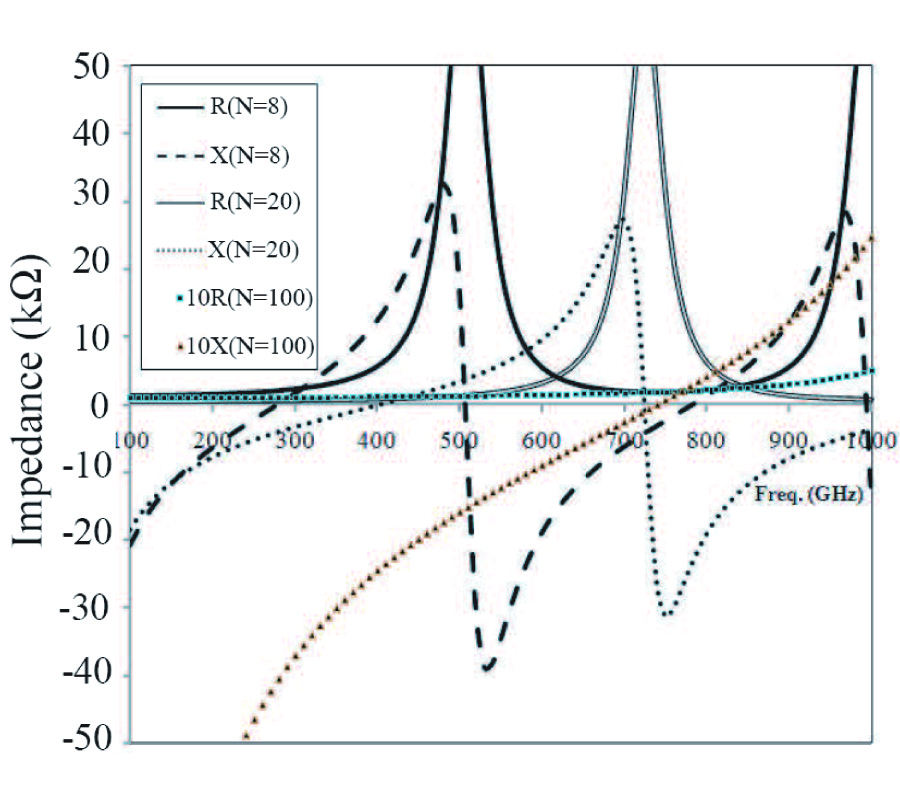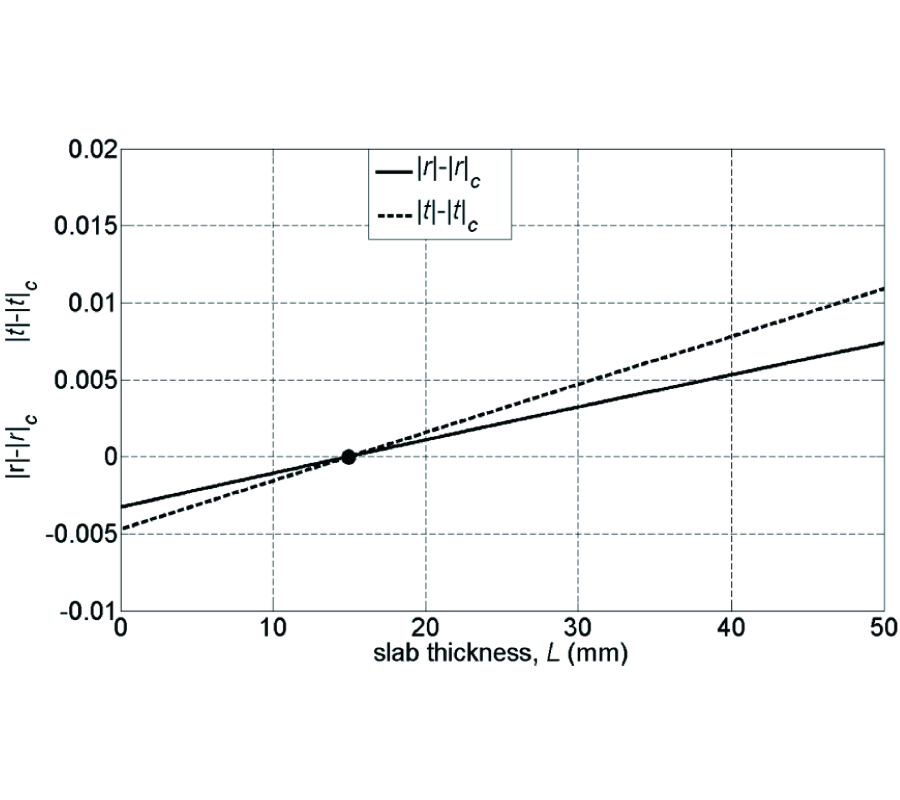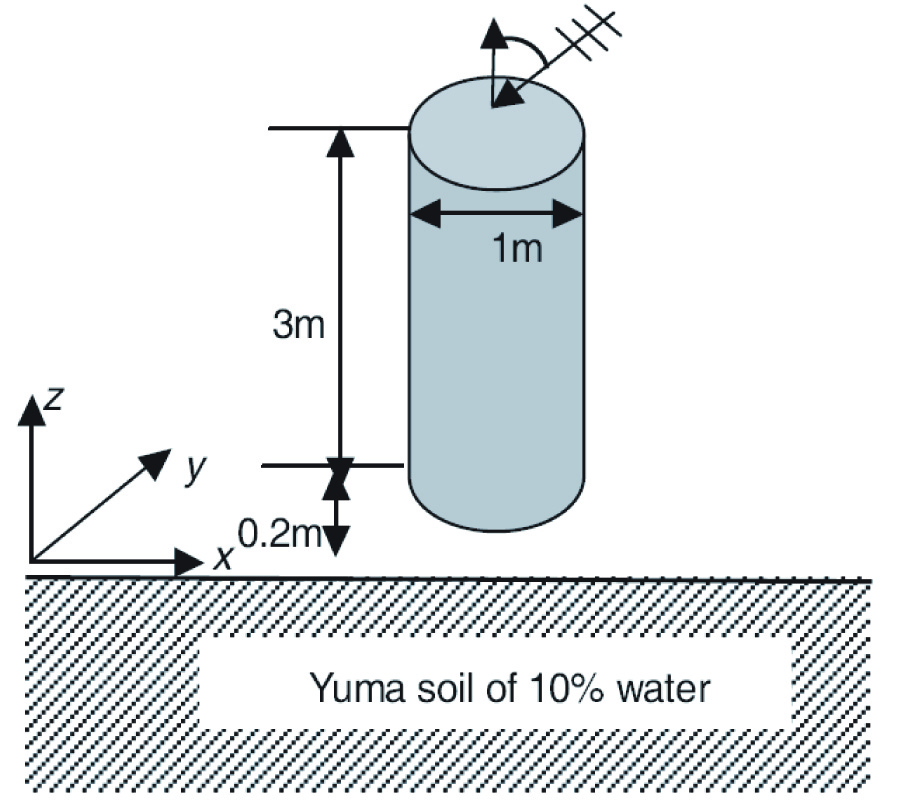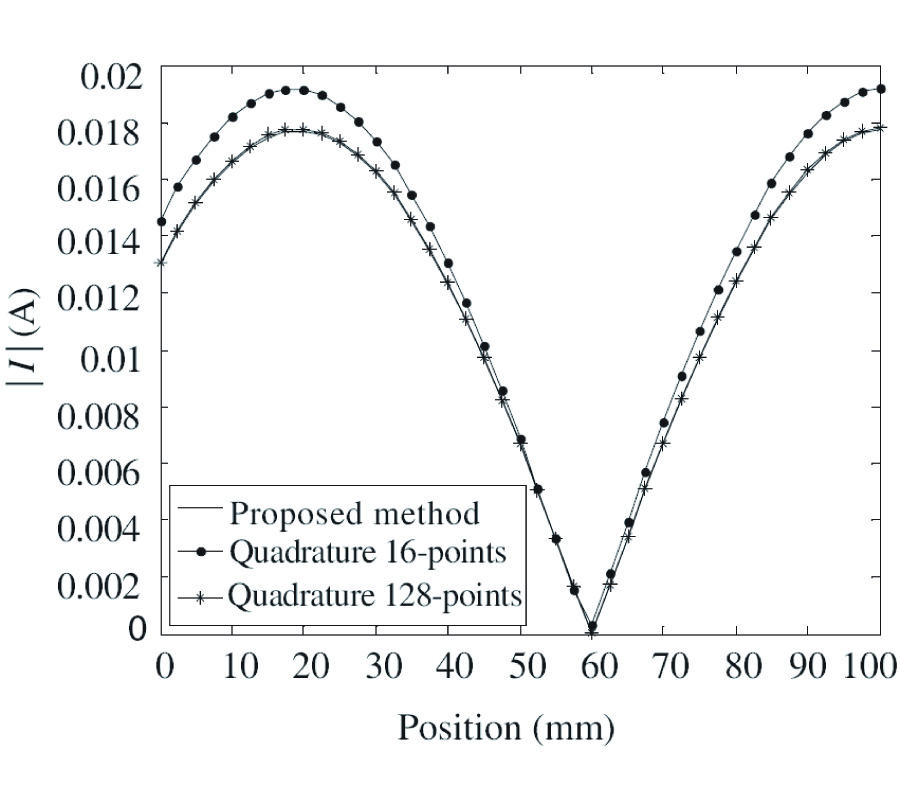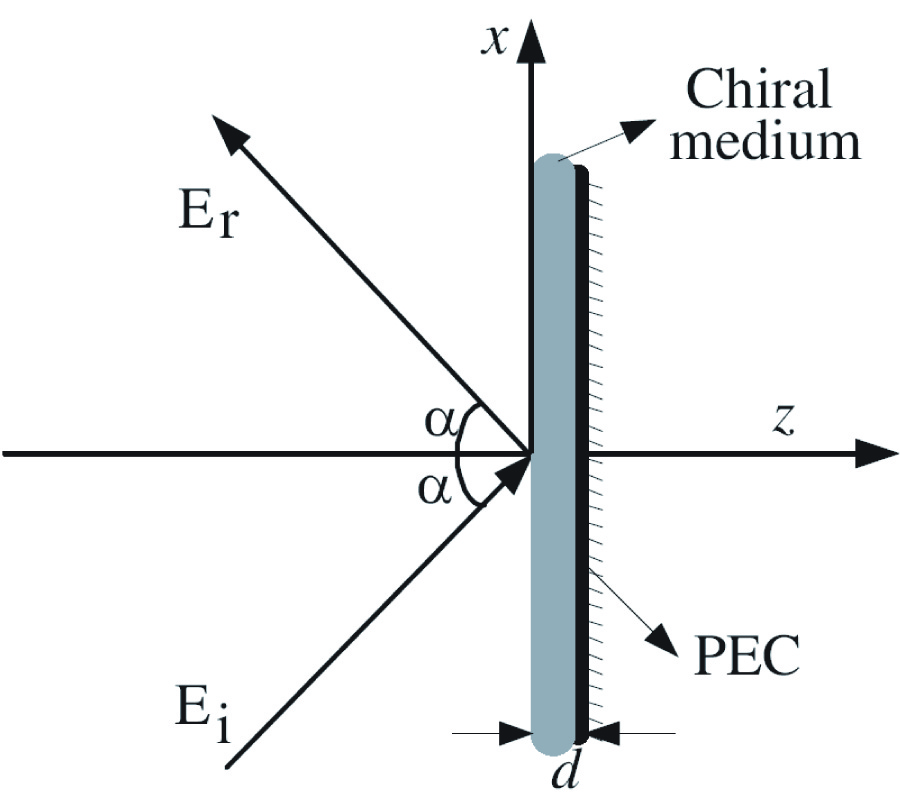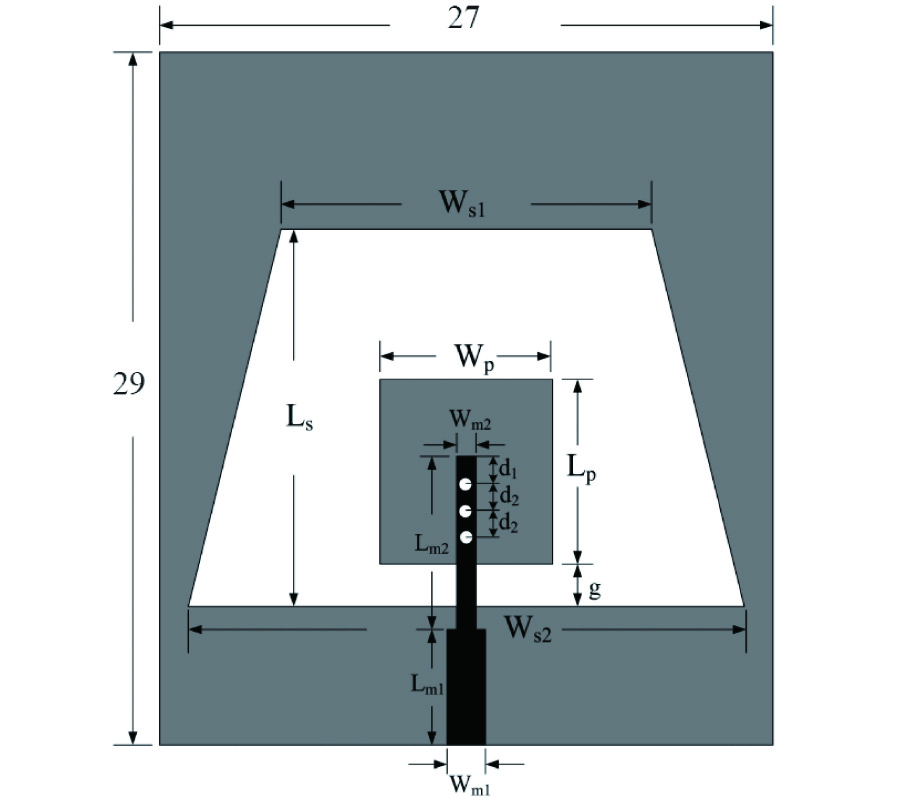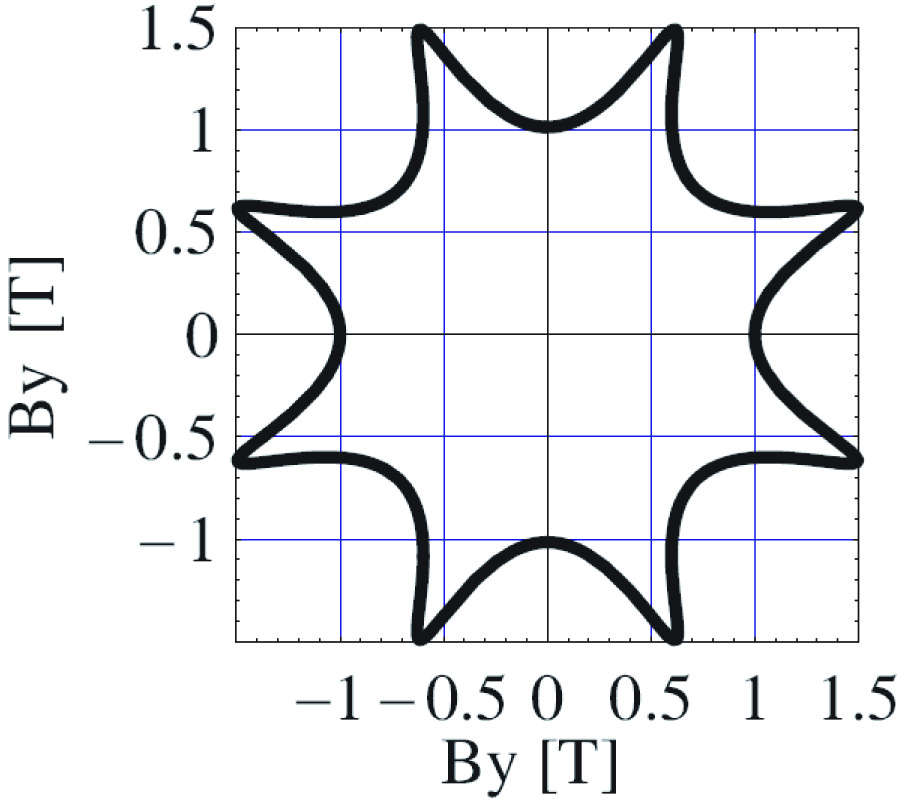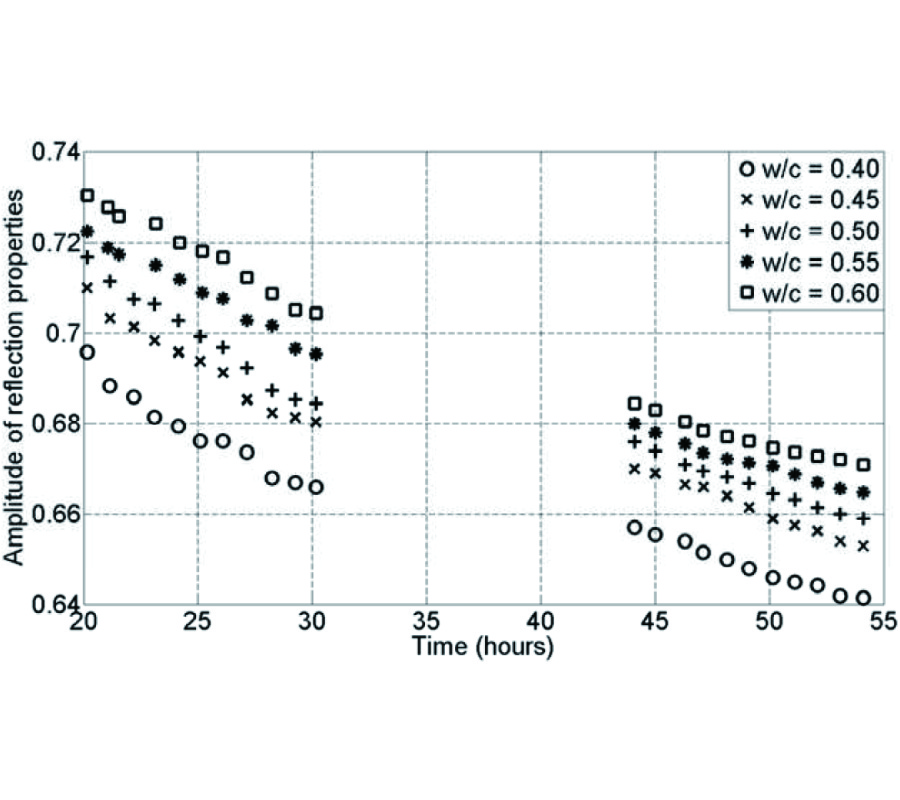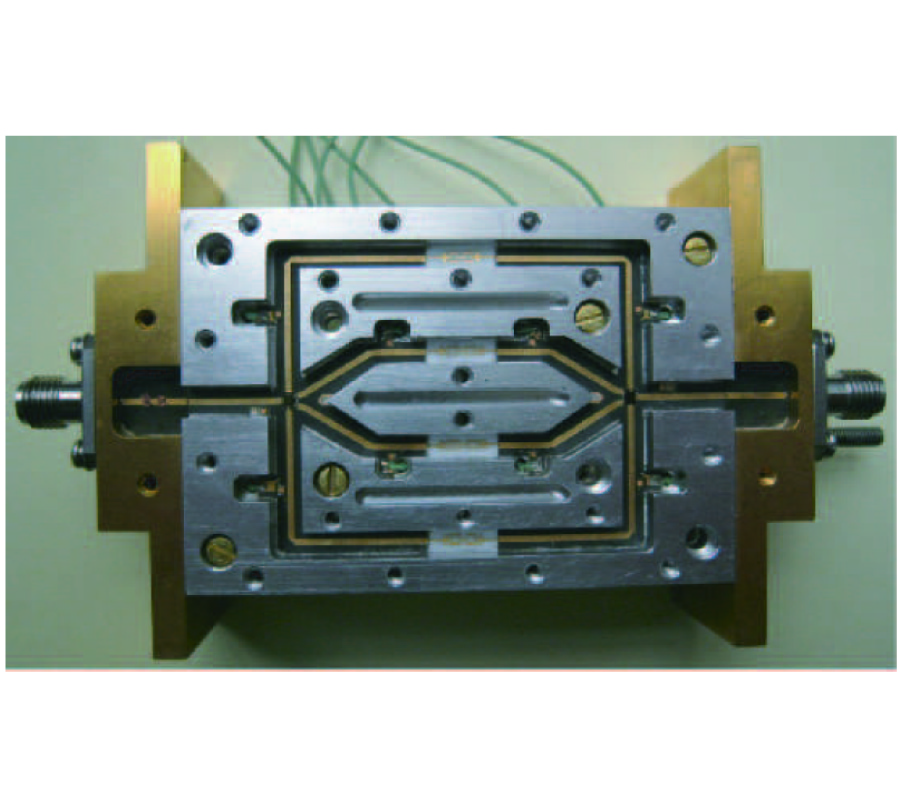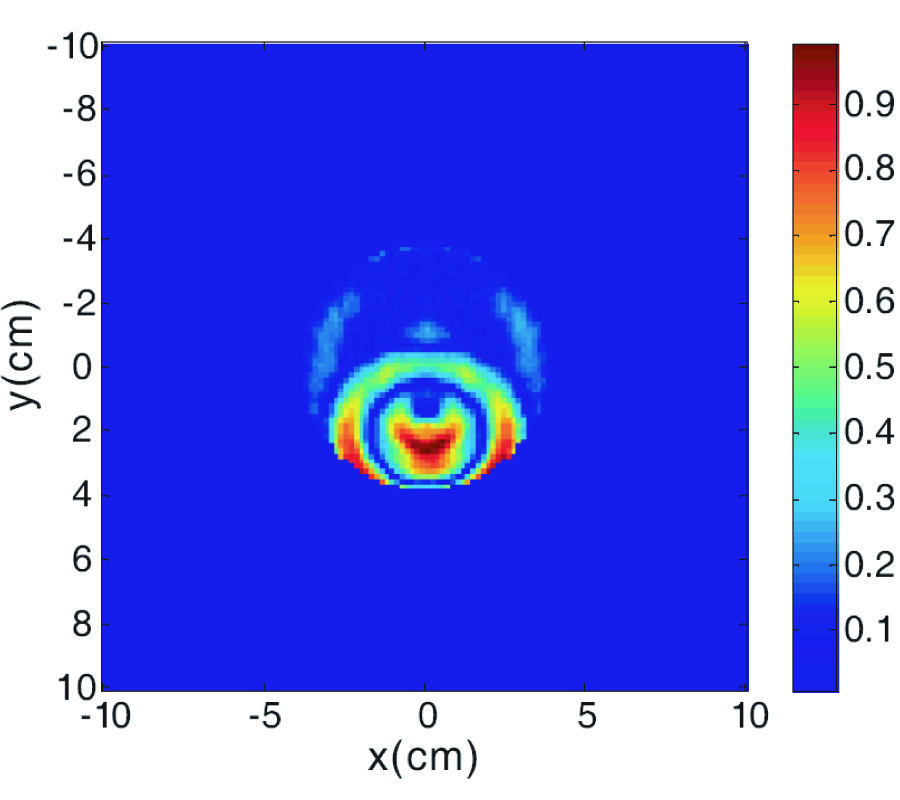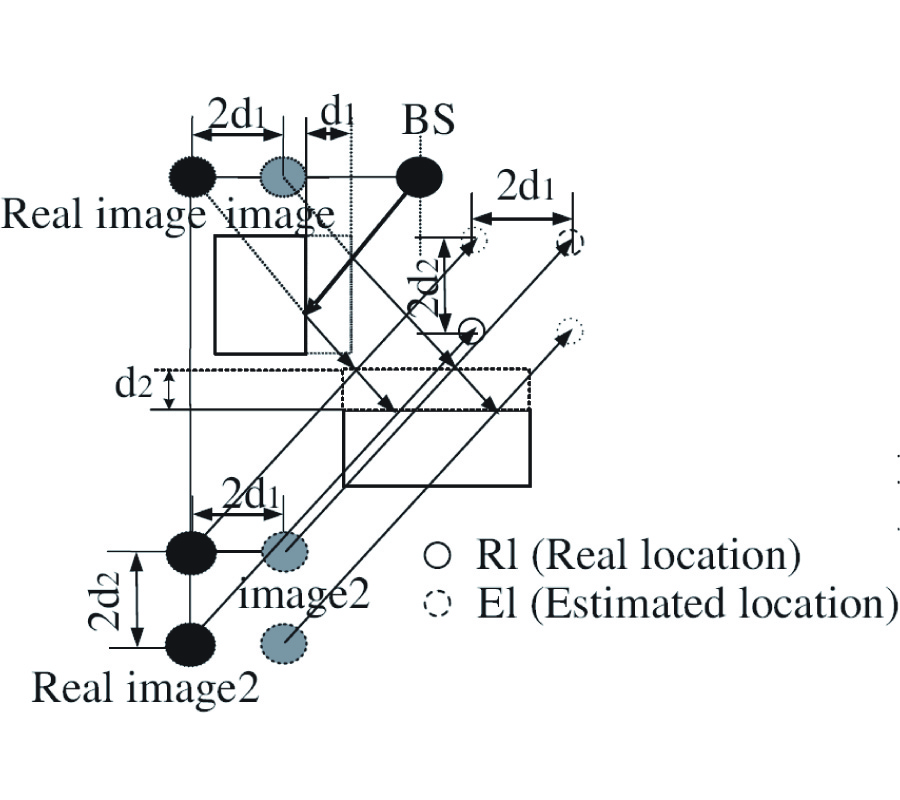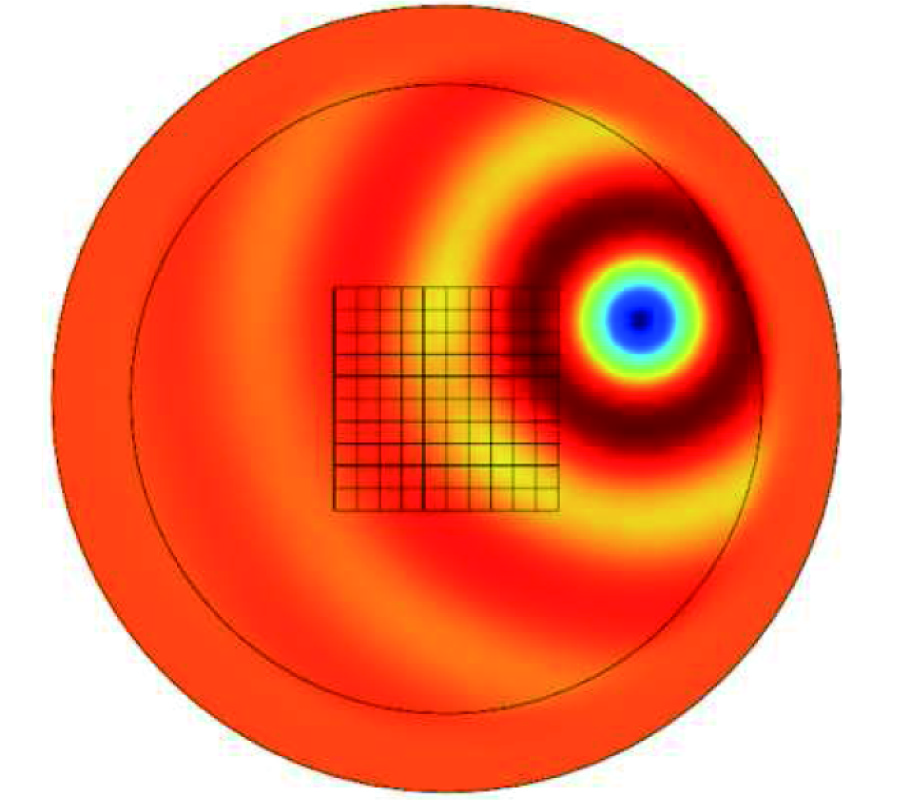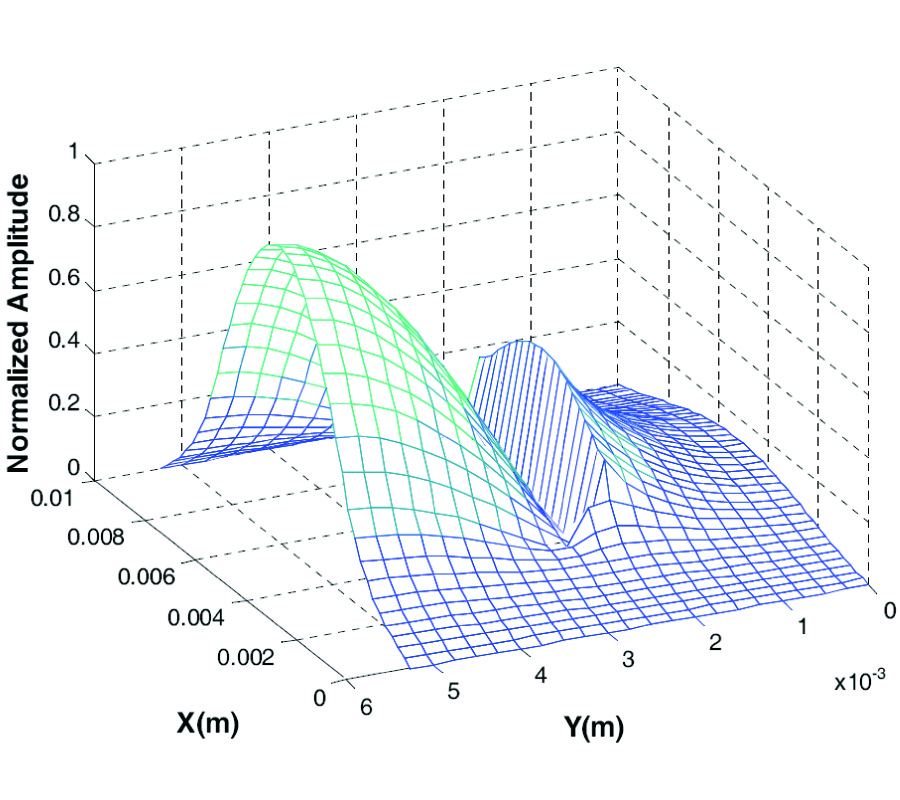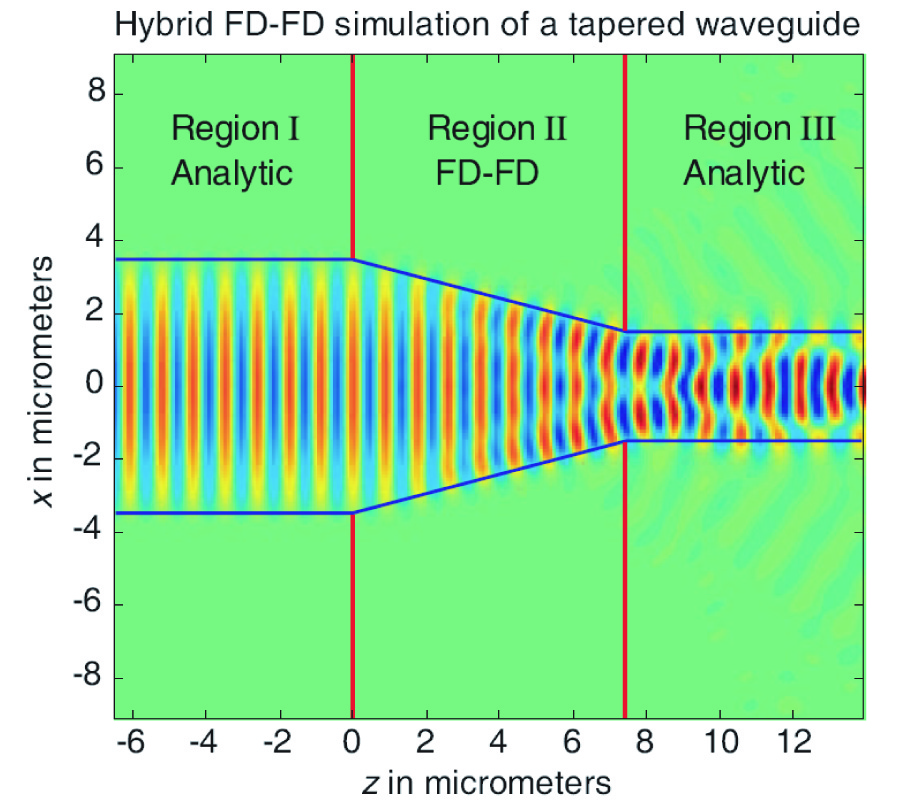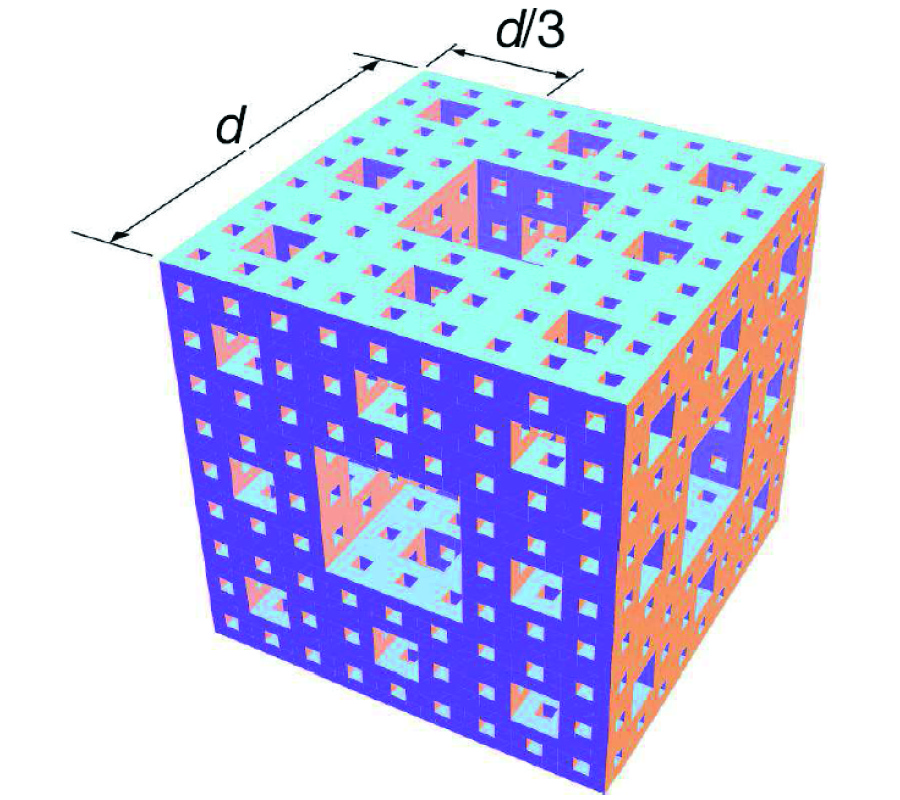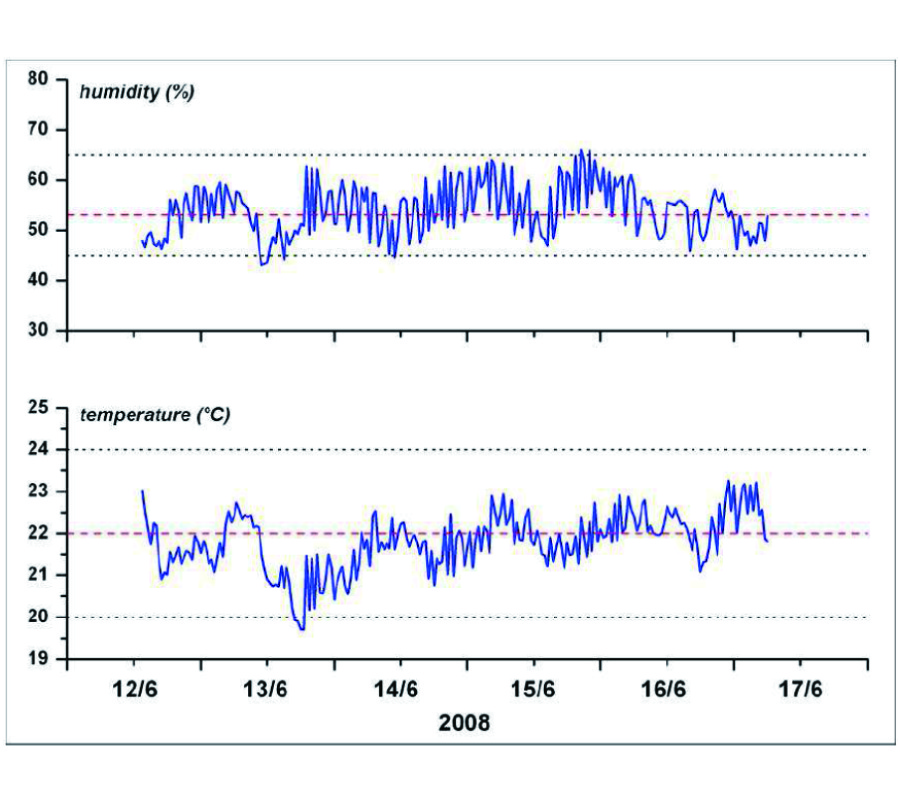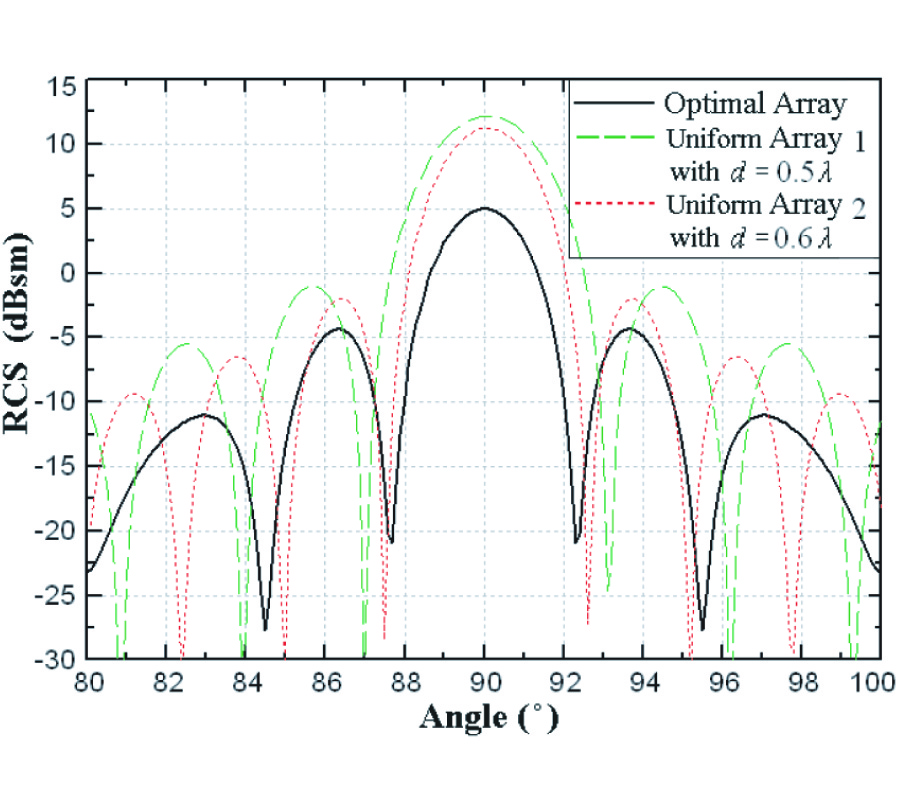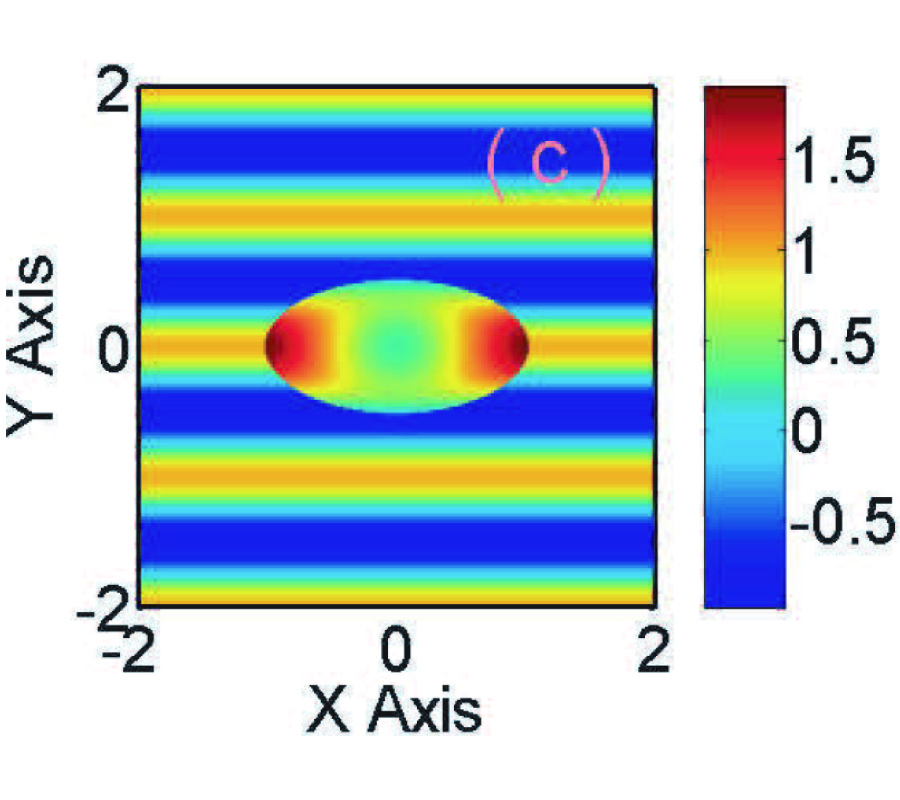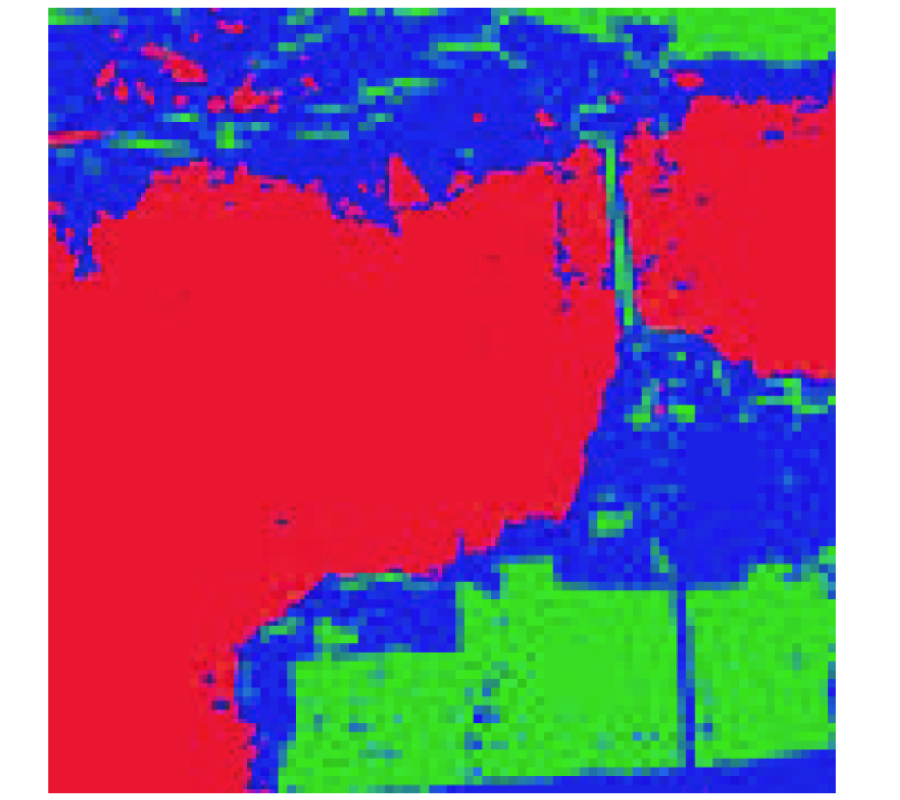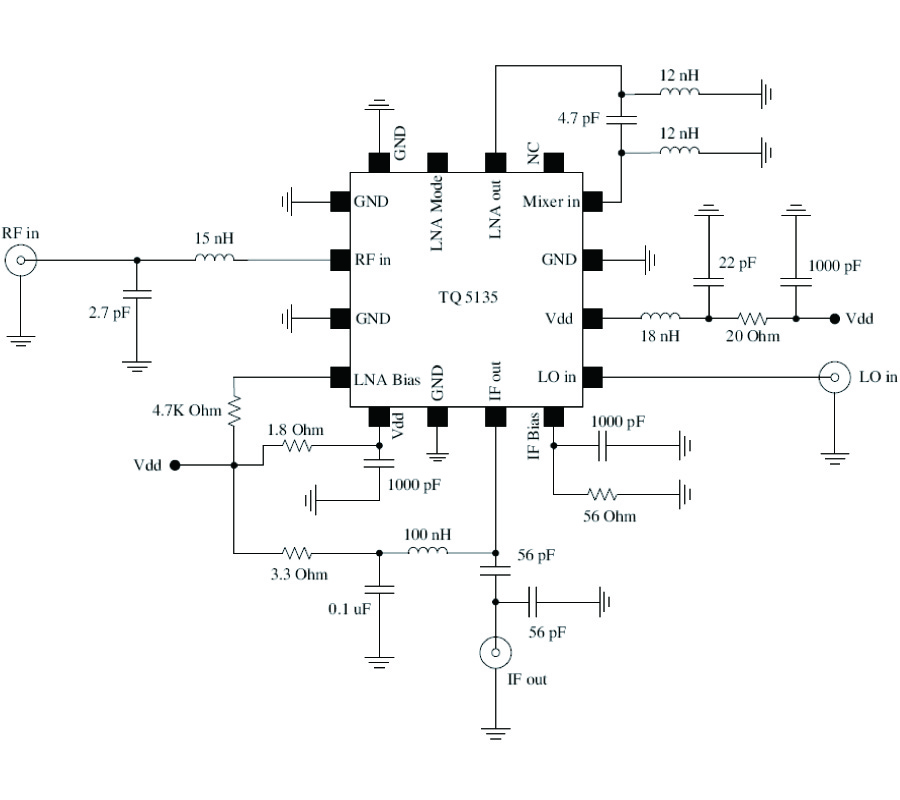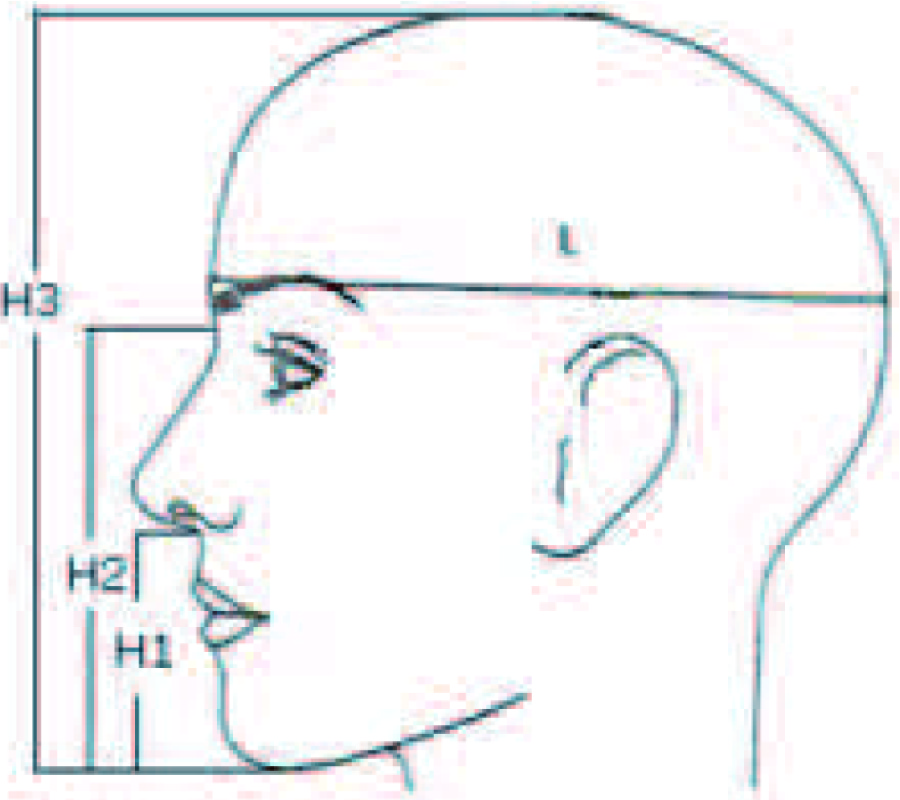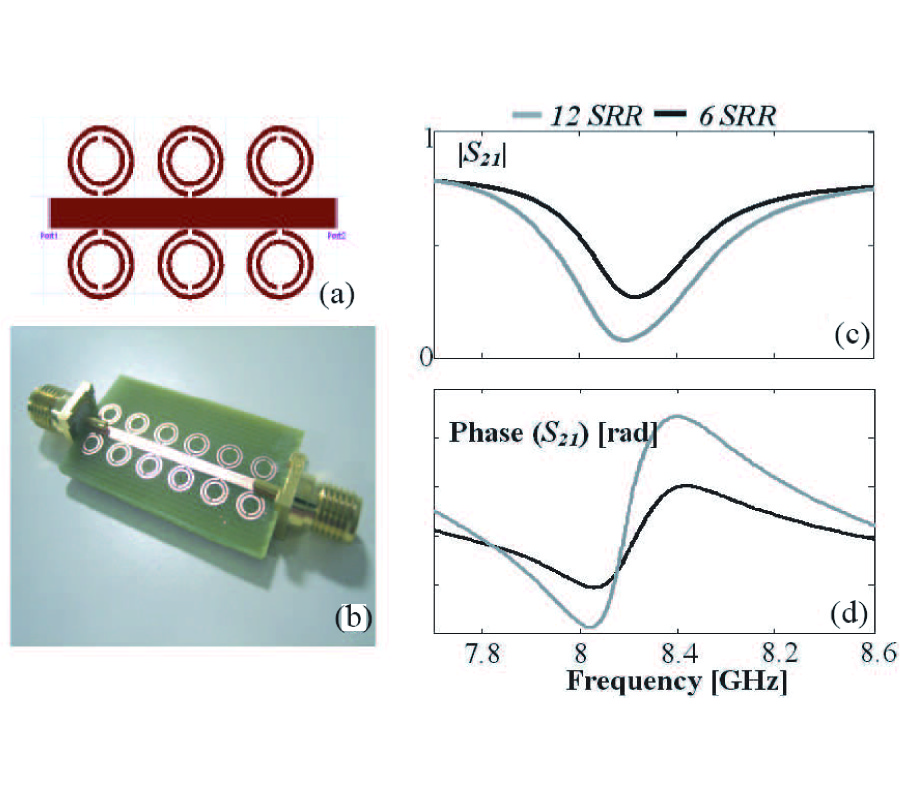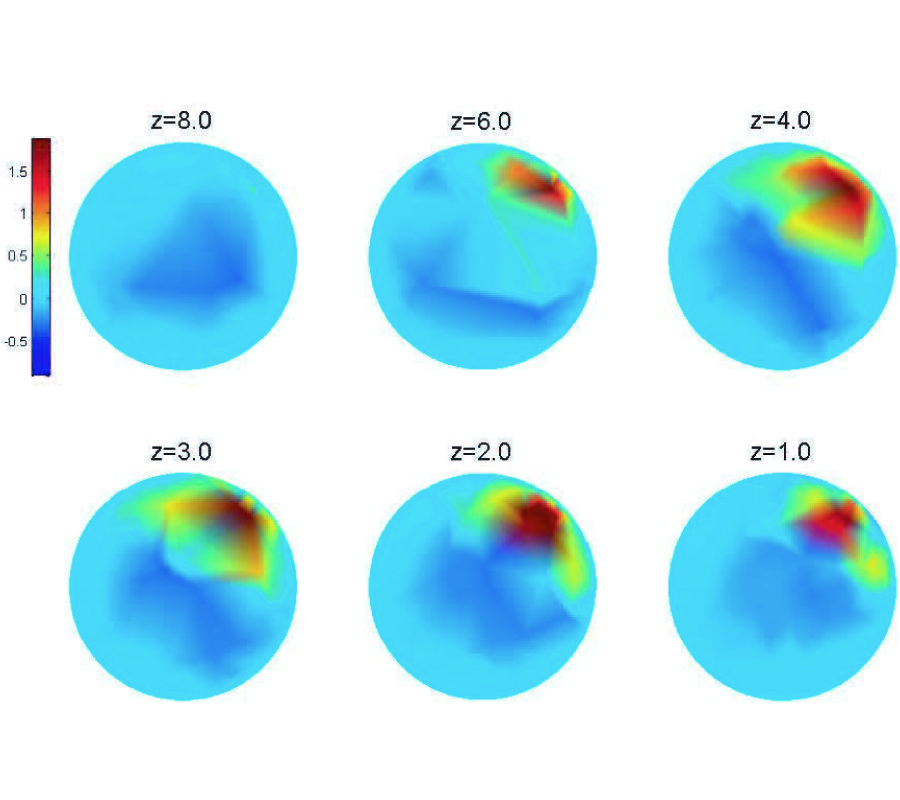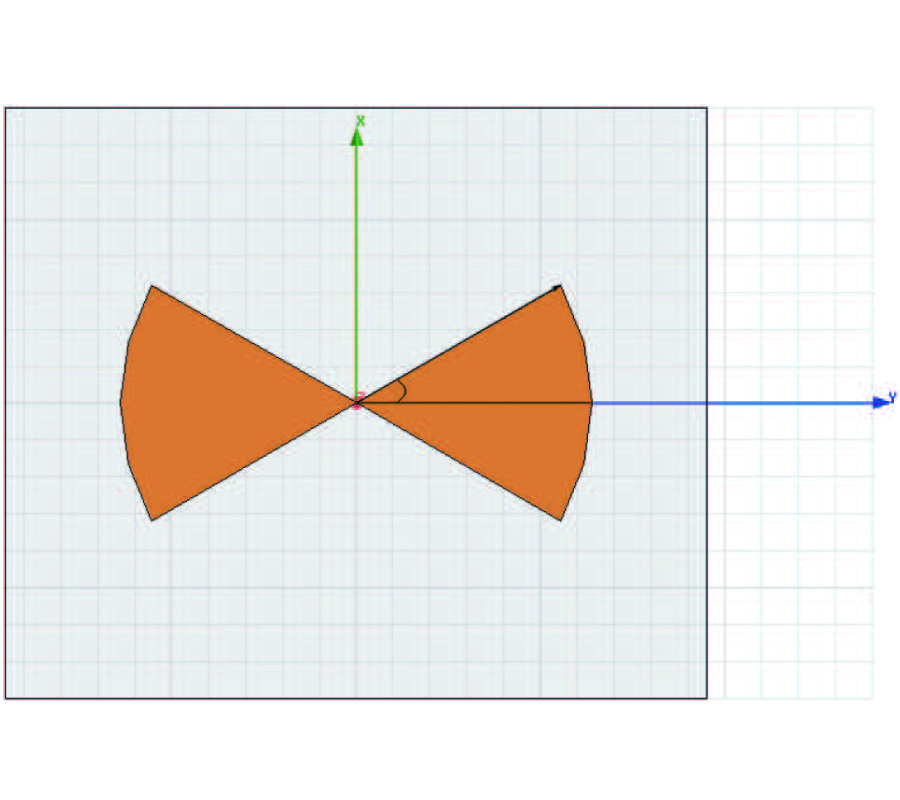A Reverberation Chamber to Investigate the Possible Effects of "in Vivo" Exposure of Rats to 1.8 GHz Electromagnetic Fields: A Preliminary Study
Pier Francesco Biagi,
L. Castellana,
Tommaso Maggipinto,
G. Maggipinto,
Teresa Ligonzo,
Luigi Schiavulli,
Domenico Loiacono,
Anita Ermini,
Maria Lasalvia,
Giuseppe Perna and
Vito Capozzi
A system generating 1.8 GHz electromagnetic fields for bio-medical and behavioral study on laboratory animals was designed and implemented. The system is based on a reverberation chamber. An input power up to 5 W can be sent to an indoor transmitting antenna and an electric field strength (E) more than 90 V/m can be reached inside the chamber. The system was characterized at different input powers measuring E in different points by means of a miniature sensor. Then, boxes with 300 cc of physiological liquid inside were realized as simple phantoms simulating laboratory animals (rats) and E inside the liquid was measured, performing several simulations by moving the phantoms (1,2) in the chamber and/or putting them still in different positions. On the basis of these measurements, the SAR (Specific Absorption Rate) and the Pe (power efficiency = SAR/input power) were determined at different powers. The actual system is characterized by a low power efficiency with respect to the "in vivo" exposition systems based on transversal electromagnetic (TEM) cells. Its advantage is to have inside the chamber a habitat similar to the usual one for the laboratory animals.
